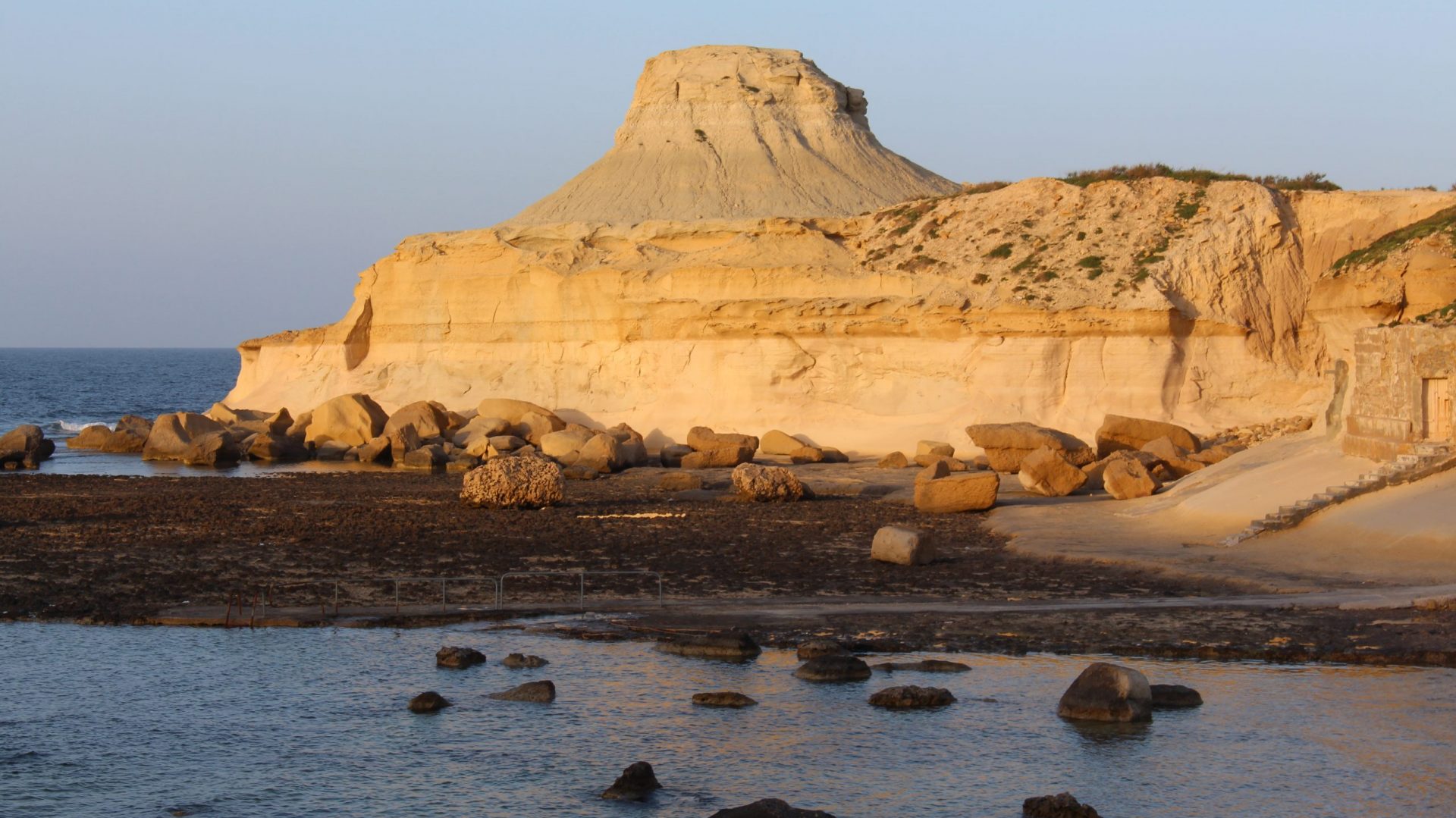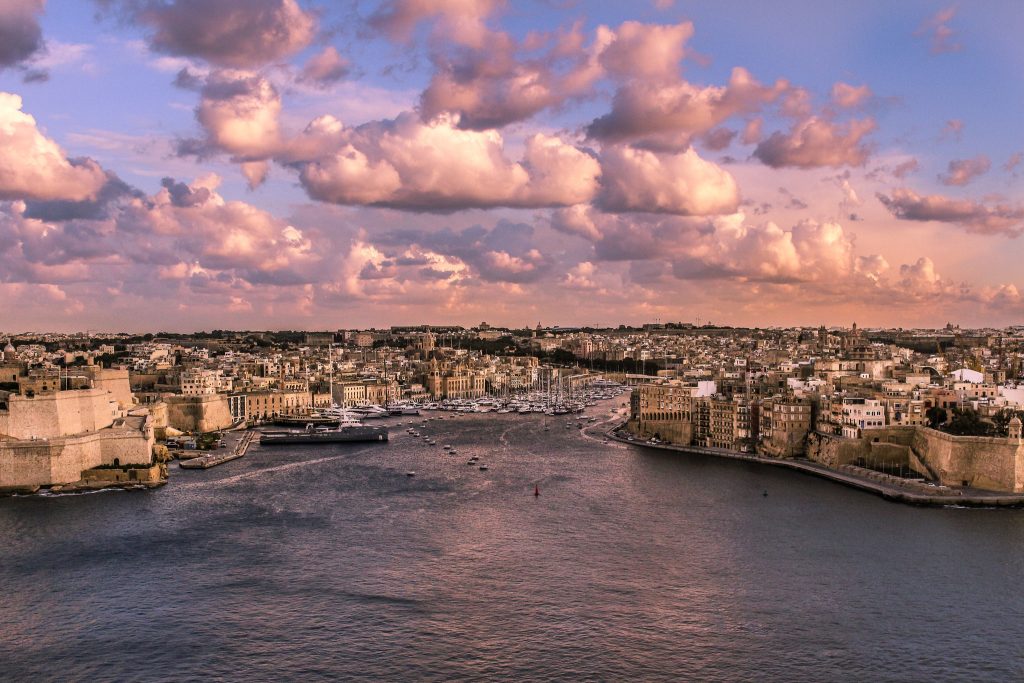
The three cities is the popular name given to three neighbourhoods that surround Vittoriosa Marina in the Grand Harbour. The cities, Vittoriosa, Senglea and Cospicua, can be seen across from Upper Barakka Gardens in Valletta.
Somewhat confusingly, each of the cities is also known by another name. Vittoriosa is also known as Birgu, Senglea as Isla and Cospicua as Bormla. The Three Cities represent an important part of history in the islands, and, along with Valletta, are some of the most atmospheric places to visit in Malta and Gozo.
The Three Cities are some of the oldest neighbourhoods in Malta and are older than Valletta. Situated at the harbour, the cities were fortified by the Knights of St. John before The Great Siege of 1565 (an attempt to invade Malta by the Ottoman Turks). The five kilometres of fortifications are still the defining feature of the cities’ landscape to this day.
After the Siege, the knights, who had their headquarters in Vittoriosa (Birgu), decided to start the ambitious project of building Valletta. Their goal was to fortify the vulnerabilities of the Grand Harbour to withstand any future potential Ottoman attacks. The work started in 1566, and by 1571, the headquarters of the knights were transferred from Vittoriosa to Valletta, which became the islands’ new capital.
Due to their proximity to the Dockyards, where British Naval fleet was stationed, the cities were heavily bombed during WWII, and many historic structures have unfortunately been destroyed.
Birgu
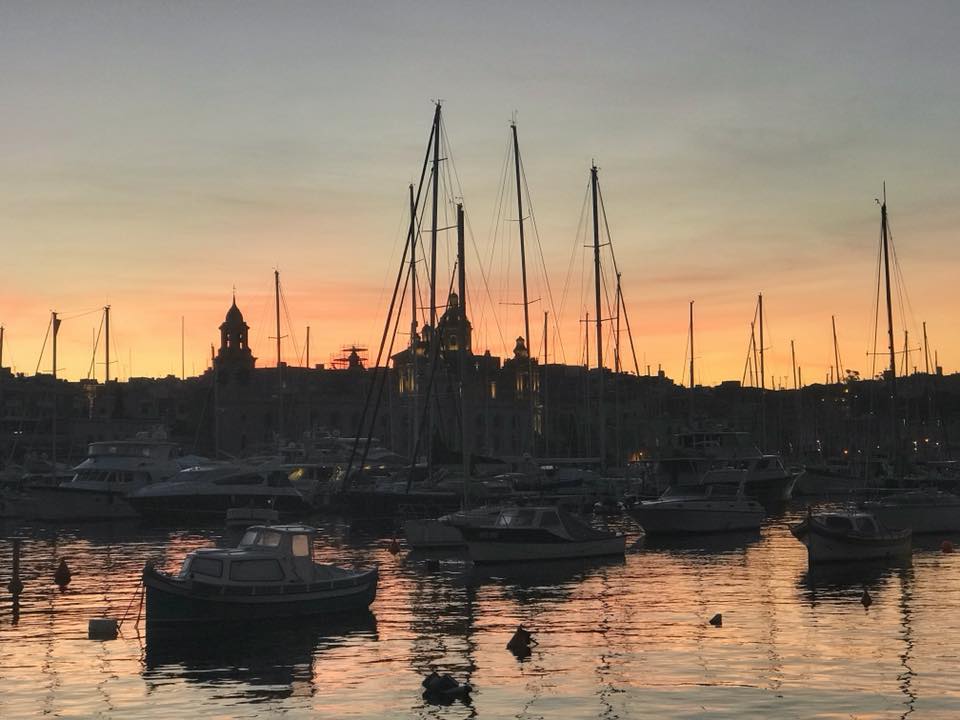
Birgu, also known as Vittoriosa, an atmospheric city of narrow streets and colourful houses, was the first home of the Knights of St. John when they moved to Malta from Rhodes. Acknowledging the role Birgu played in the Great Siege of 1565, the knights gave Birgu the name Citta Vittoriosa (“the victorious city”).
After Malta became British protectorate in 1800, it eventually developed into the most important British naval base in the Mediterranean. The Mediterranean Fleet of the British Navy was stationed in Birgu until its withdrawal in 1979.
Major attractions in the city include the Malta Maritime Museum, the Inquisitors palace, the Vittoriosa 1565 Museum dedicated to the Great Siege, and the War Museum commemorating the events of WWII in Malta.
The 16th-century Fort St Angelo, built in preparation for the Ottoman attacks, is another famous attraction. An underground dungeon in the fort served as a prison that housed several convicts over the centuries, including Caravaggio, who was imprisoned after a brawl with the Knights, but eventually escaped to Sicily.
Isla
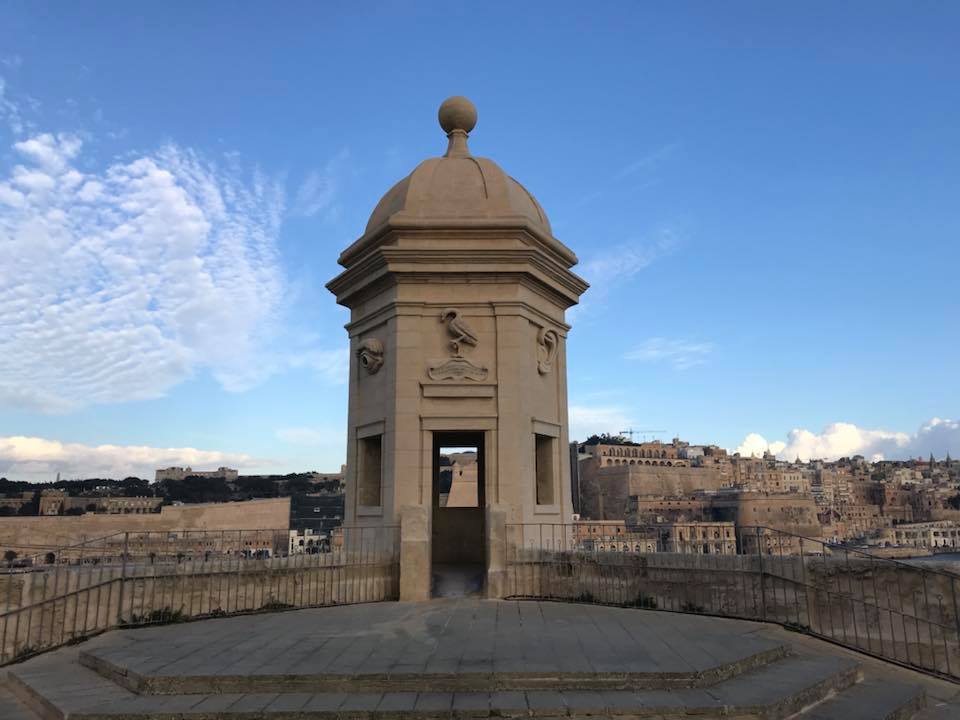
The city also known as Senglea, is the third oldest city in Malta, but little of historical interest remains intact as it was nearly razed by heavy bombardment during WWII.
The major attraction is the Basilica of Senglea, which hosts the famous 18th century statue of Christ the Redeemer, likely the most famous religious artefact in the city. Several miracles are attributed to the statue, which is paraded in a procession every fourth Friday of Lent. It is one of the oldest representations of Christ carrying a cross in Malta and has a wide popular devotion.
Excellent vast views of the Grand Harbour, Valletta and Fort St. Angelo can be enjoyed from Gardjola Gardens on the bastion at the foremost tip of Senglea. The gardens were planned by Claude De La Sengle, after whom the city gets its name, Grand Master of the Order of St John from 1553 to 1557.
Bormla
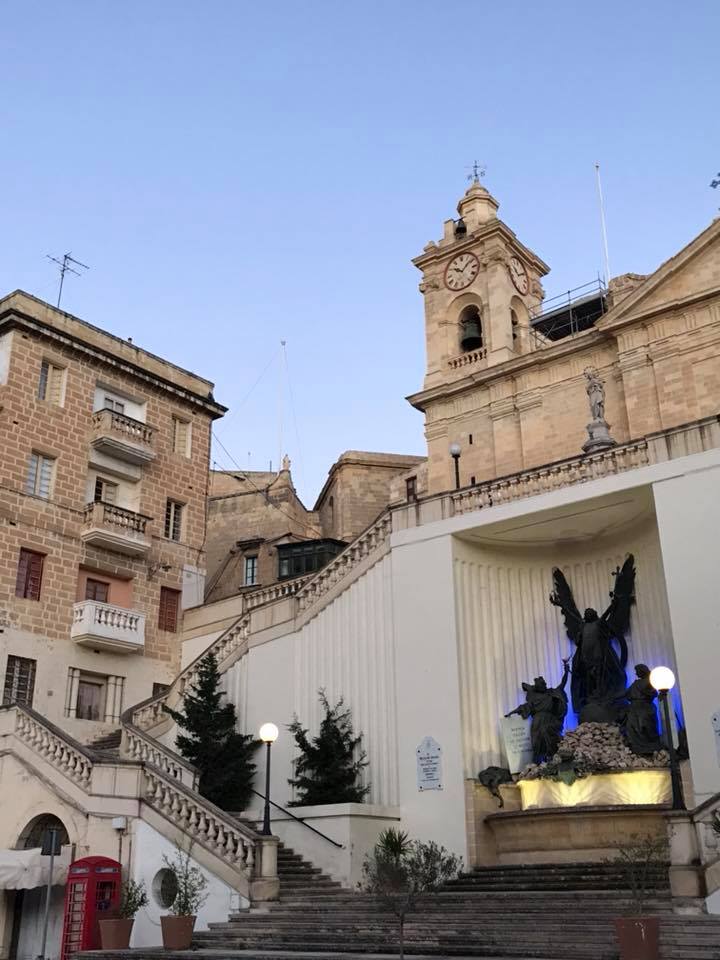
Bormla, also known as Cospicua, is the largest of the three cities, lying at the inner part of the marina.
One of the major attractions of the area, the Immaculate Conception Parish Church, is one of the oldest churches in Malta. It was also the only church in the Three Cities which survived the Axis bombings during WWII, and is rich in art treasures. It hosts artwork by the local artists Giuseppe Cali, Francesco Zahra, Abram Gatt, Pietru Pawl Caruana, Salvatore Psaila, Mariano Gerada and others.
Other notable attractions include Santa Margherita Bastion Lines, inner lines of fortifications built in the 17th and 18th centuries to protect the cities of Birgu and Senglea from the land.
Cospicua is also known for its Good Friday processions, a tradition which started in the city in the 18th century, and yearly keeps attracting locals and tourists alike. Good Friday and Easter Sunday processions, Last Supper displays, pilgrimage to the Seven Altars in churches that stay open until late at night, are characteristic of the Holy Week in Malta and Gozo, one of the most unique times of the year to visit the islands.
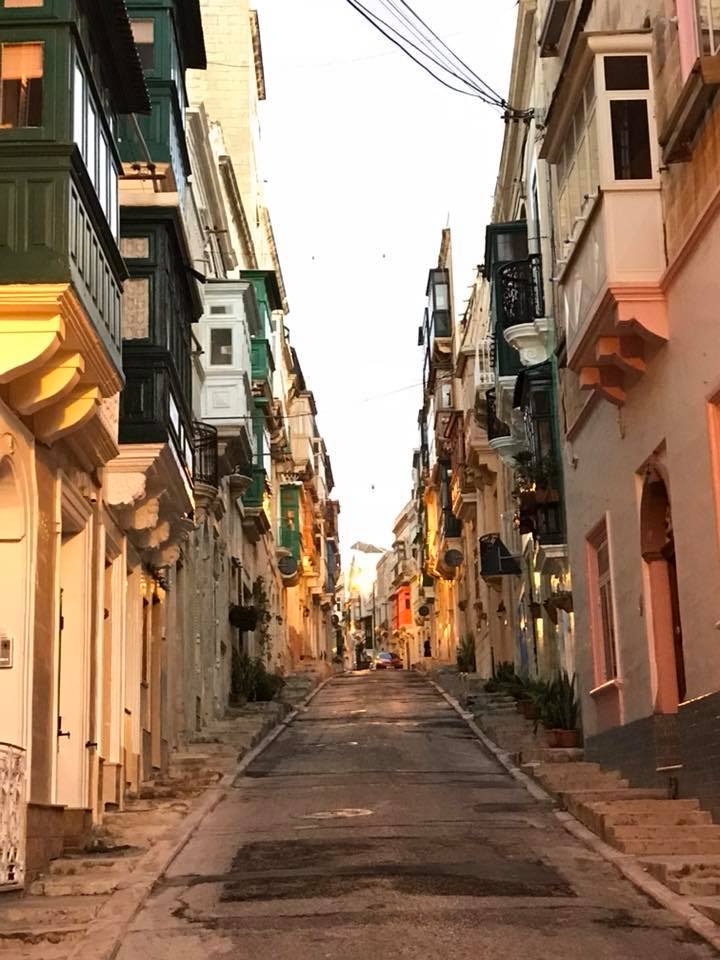
Tips:
- You can get to the Three Cities by taxi, by bus from Valletta bus terminus (lines 1, 2, 3 and 4), or by ferry from below Upper Barakka Gardens (take a panoramic lift from outside the gardens to the ferry pier);
- The best way to explore the Three Cities is on foot as the streets are old, narrow and often pedestrian only;
- You are able to purchase a Birgu Multisite Ticket that includes entry to Fort St Angelo, Inquisitor’s Palace and Malta Maritime Museum for €13;
- Each of the Three Cities is a great alternative place to stay in Malta compared to some of the more popular areas around St Julians and Sliema. There are quaint hotels, B&Bs and self-catered apartments on offer in each.
- You can visit the Three Cities as part of a private chauffeur-driven tour of Valletta and the 3 Cities. Inquire with Mayjo for rates and availability.

